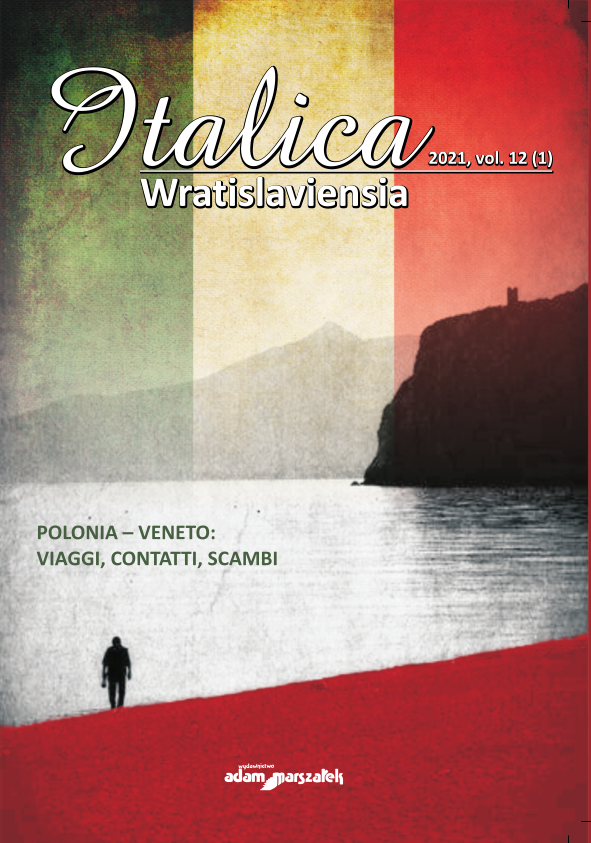“Venezia è molto grande e bella” – due soggiorni della regina Maria Casimira d’Arquien Sobieska a Venezia e in Veneto negli anni 1699 e 1705
“Venice Is Very Great and Beautiful”: Two Residences of Queen Maria Casimira d’Arquien Sobieska in Venice and the Veneto Region in 1699 and 1705
Author(s): Jarosław PietrzakSubject(s): Language and Literature Studies, Studies of Literature
Published by: Wydawnictwo Adam Marszałek
Keywords: Veneto; Queen Maria Casimira Sobieska; journey; carniva;, ceremonial rules
Summary/Abstract: Queen Maria Casimira d’Arquien Sobieska had much contact with Venice. During Jan Sobieski III’s lifetime, the queen kept in touch with Venetian diplomats (such as Angelo Morosini and Girolamo Alberti), imported luxury goods, imported luxury goods from Venice, and was interested in the local culture. The queen’s departure from the countryside for the Eternal City in October 1698 determined that, at the very beginning—after crossing the Empire’s border with Italy—she would meet the main cities of Veneto, Verona, Padua, and Venice. She returned to the Venetian Republic in 1705, when the queen, with papal permission, went to meet her daughter Teresa Kunegunda, Electress of Bavaria. In this article, several aspects of the queen’s journeys are included, apart from the political matters already indicated. Firstly, the article details the ceremony of reception of the queen-widow by the authorities of the Serenissima, representatives of the Venetian elite, and envoys of foreign countries residing in Venice. Next, the article draws attention to the places that the queen visited and the piety she manifested, and it presents observations related to city life formulated directly by Queen Maria Casimira Sobieska and her courtiers, also in relation to the cities of Verona and Padua. Finally, the author of the article points out the queen’s interest in the dramatic and musical repertoire presented on Venetian stages and in the whole of cultural life, including the carnival. To conclude, the author draws attention to the differences in the treatment of the royal status of the queen, depending on the political changes taking place in Europe and the reception of cultural and religious threads in the queen’s life.
Journal: Italica Wratislaviensia
- Issue Year: 12/2021
- Issue No: 1
- Page Range: 67-85
- Page Count: 19
- Language: Italian

